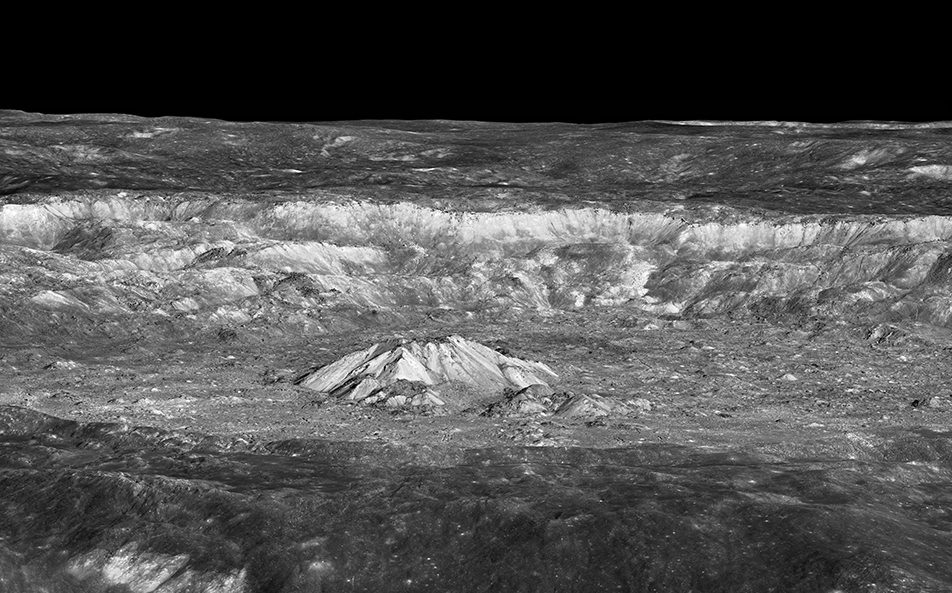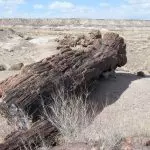Originally posted on The Question Evolution Project
There is prairie schooner-full of methods used to calculate the age of the earth, the solar system, and so forth. None of them are very accurate because assumptions have to be made before those calculations are made. Some, like the Milankovitch theory, as based on circular reasoning. Even so, adherents of cosmic evolution continue to use fundamentally flawed dating methods because the alternative (a recently-created universe) is rejected out of hand.
One bad method that persists is crater count dating
A standard method for inferring the ages of planetary surfaces continues to be plagued by bad assumptions.This method has been crashing (heh!) for a long time (see this 2012 article, “Crater Count Dating Still Unreliable“). Basically, the idea is that if a surface has more craters, it is older than surfaces with fewer craters. Nobody knows the rate of objects smacking into a moon or other object. Worse, when an impact occurs, stuff gets kicked up. Lots of it. Since we’re talking about this happening in places with low gravity, it takes a while for the debris to come back down. This can give a false appearance of age (which was assumed anyway), because the new impacts are actually leftover from the previous smacking. Now some secular scientists are catching on to this problem.
We’ve reported before about the problem of “secondary craters” in crater-count dating.* Planetary scientists have long used crater counts to estimate the age of a surface. In short, the more craters, the older the surface. That seemed reasonable until secondary cratering smudged the theory.
A single large impact (the primary) could launch up to a million pieces of ejecta (the secondaries) that fall back down, forming additional craters – all from that single event. Some large pieces could orbit for centuries before falling, and some could even travel between moons, messing up the ages of different bodies entirely. These realizations have tended to vastly reduce estimates of surface ages – not increase them. The assumption of ‘one impact = one crater’ is not necessarily true.
To read the more, check out Creation Evolution Headlines: “Crater Count Dating: Self-Secondaries Reduce Age Estimates“.





